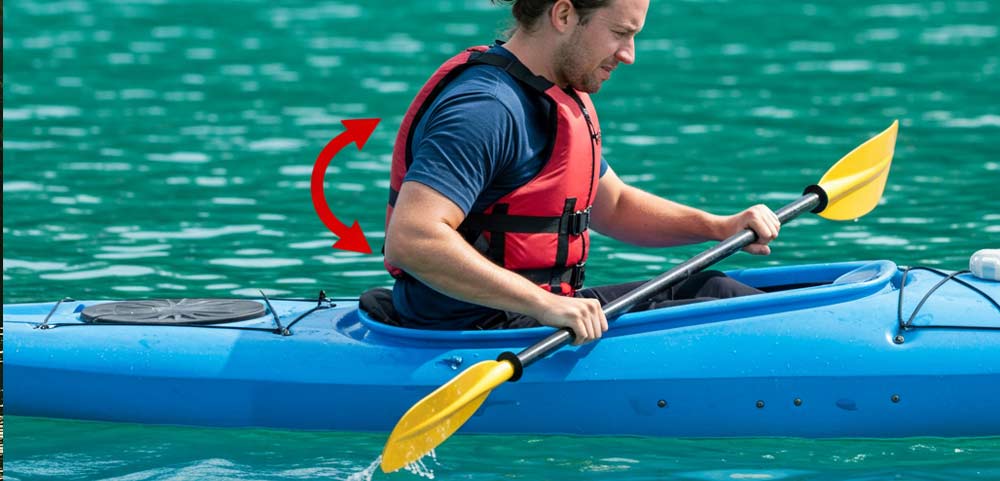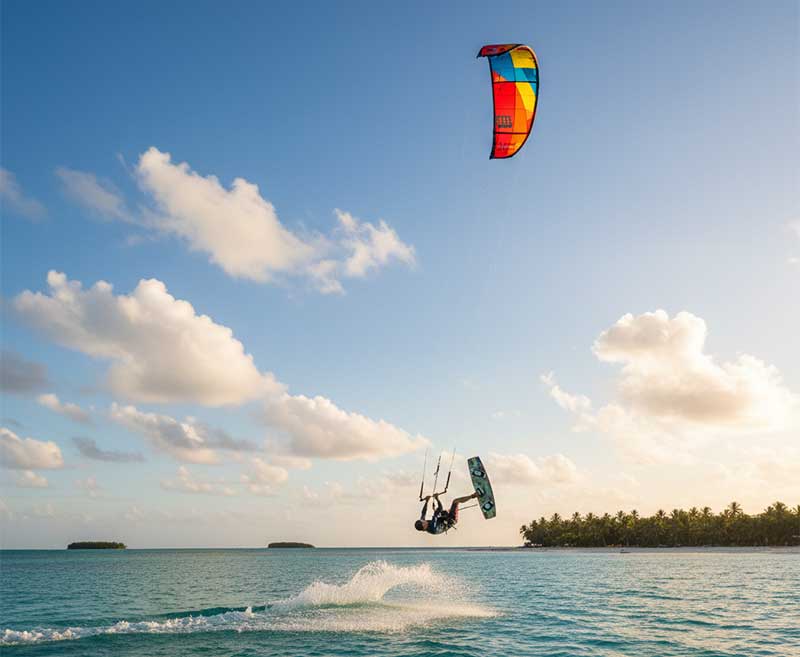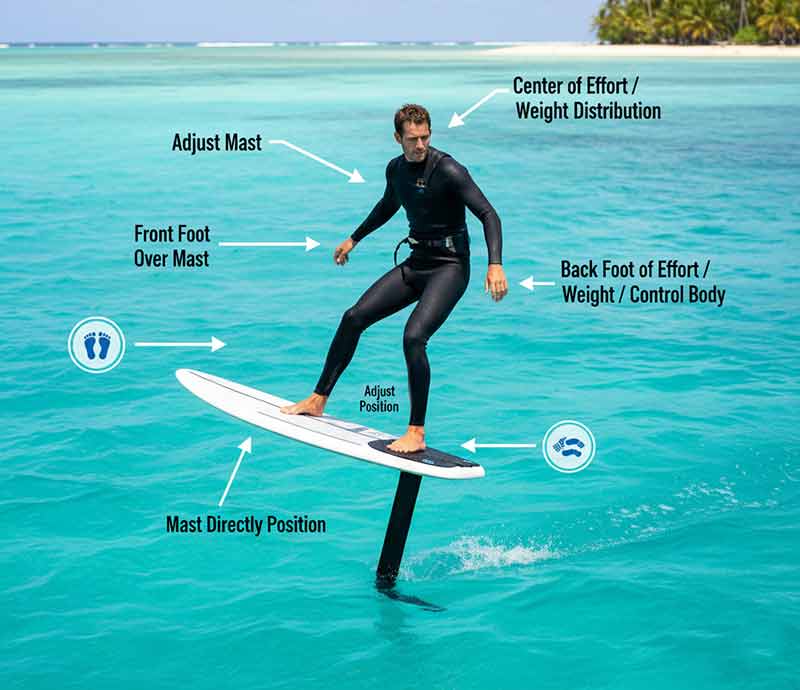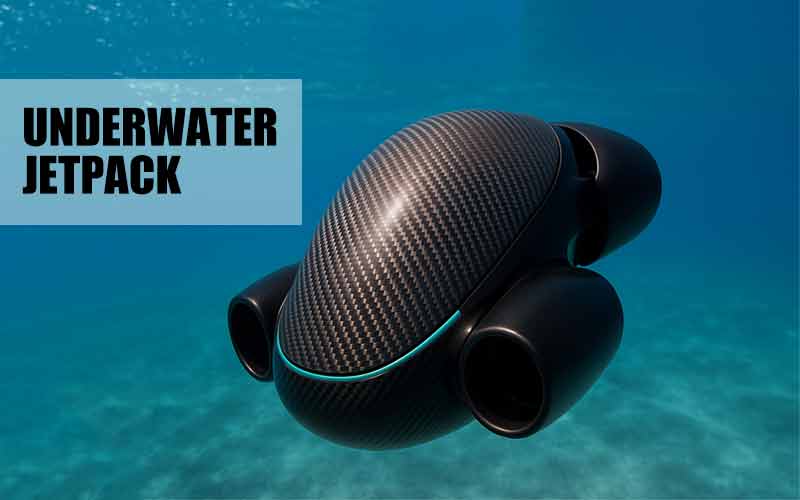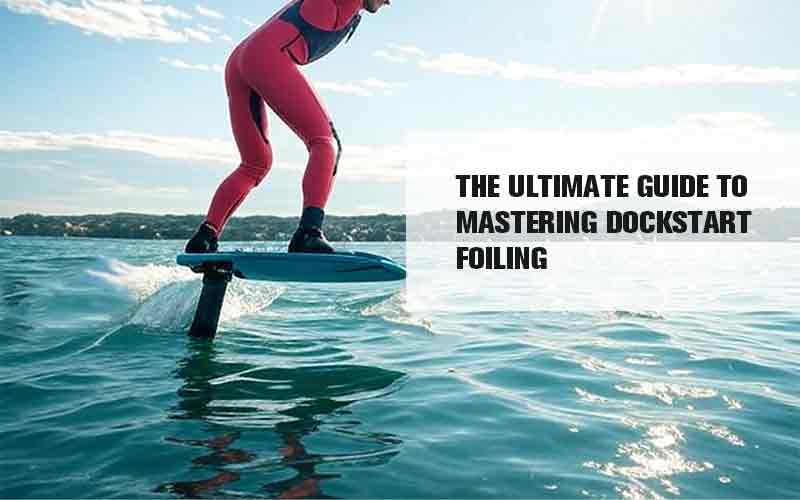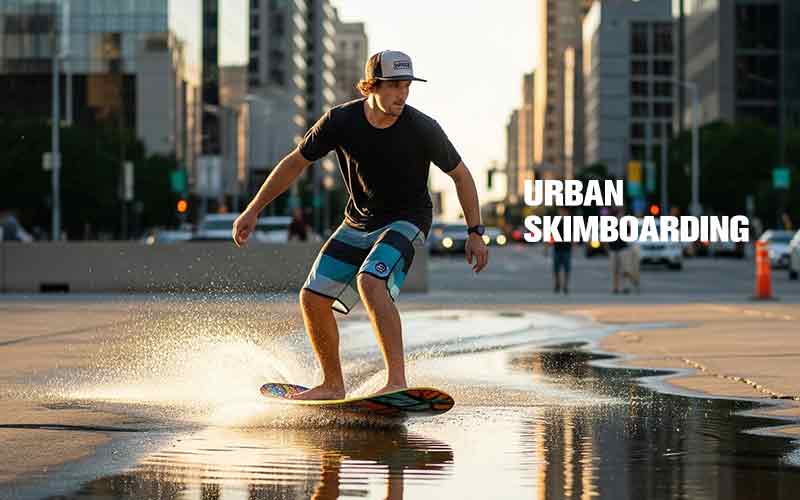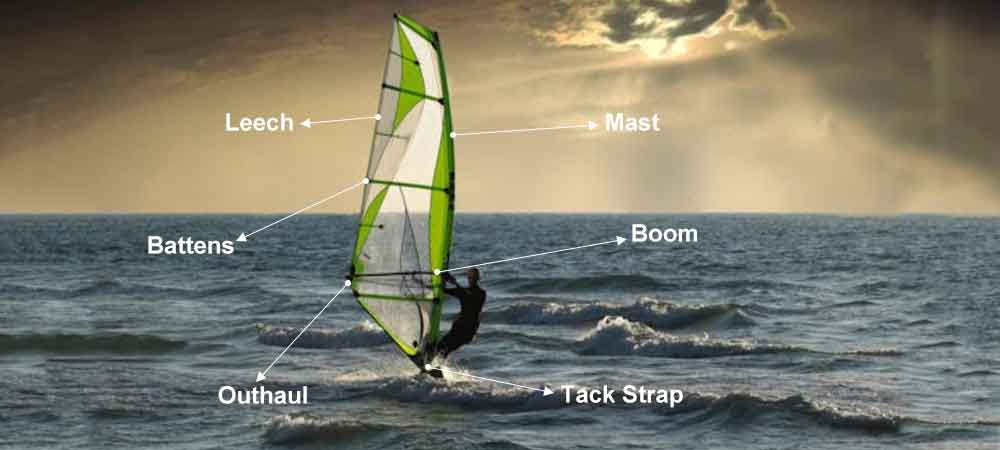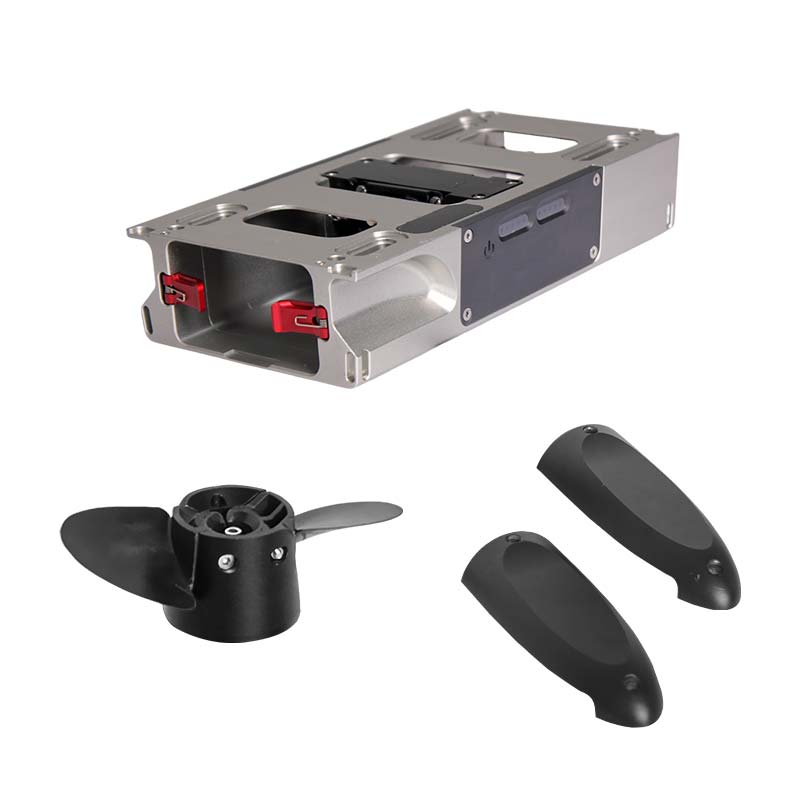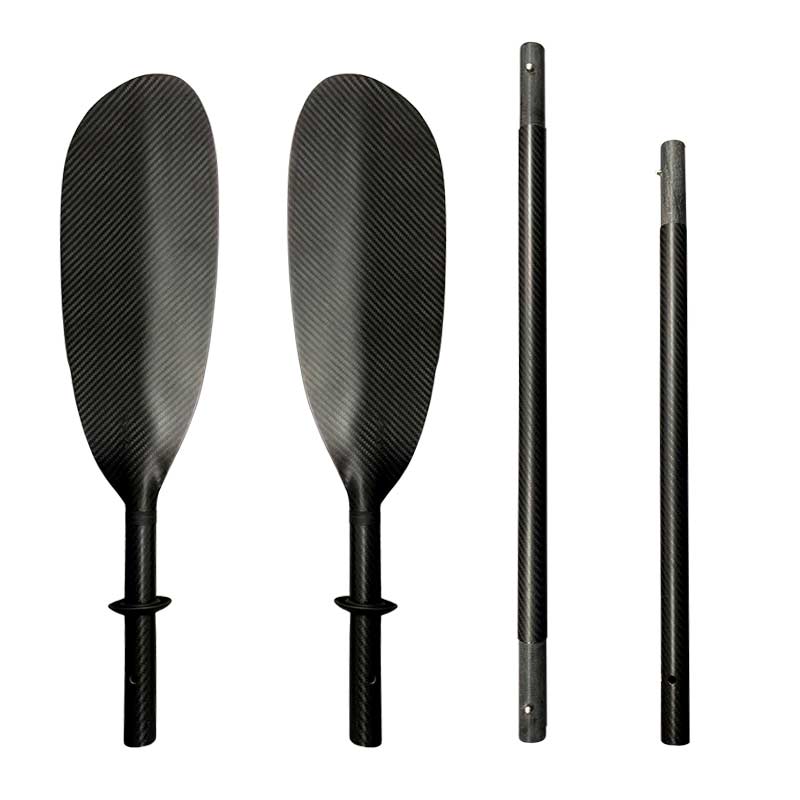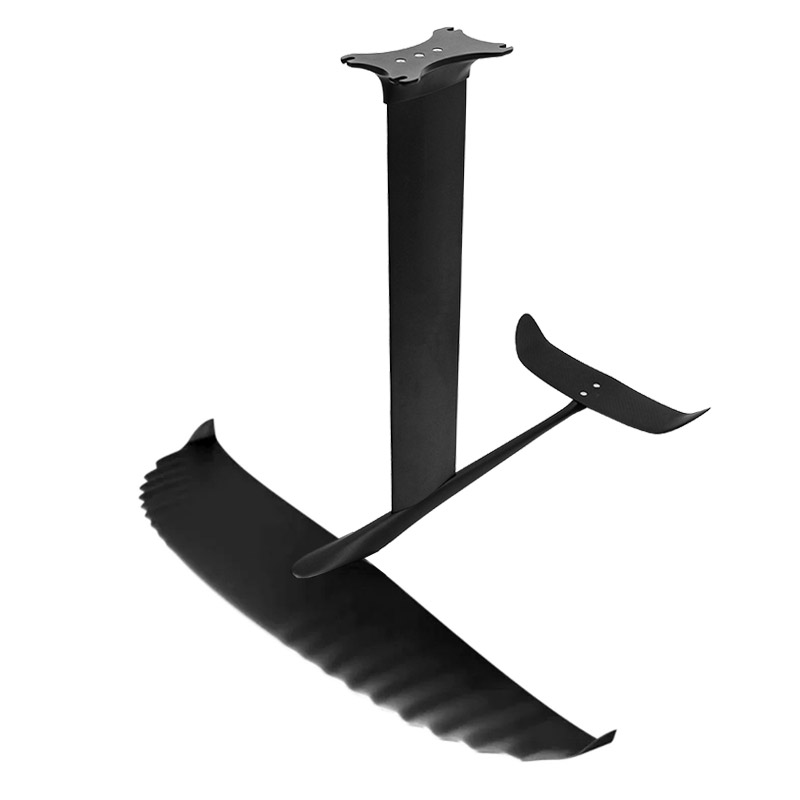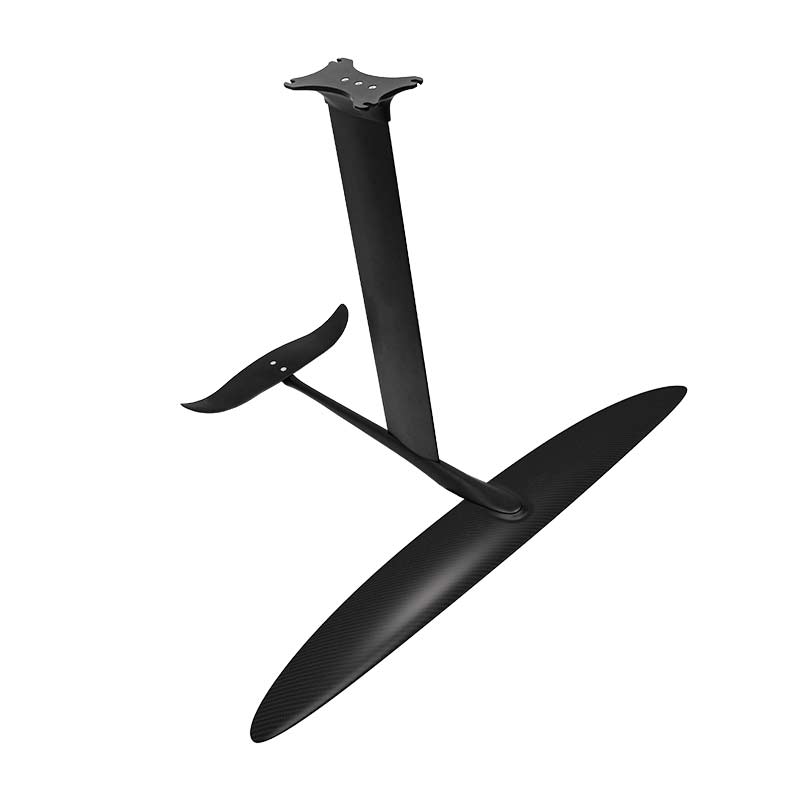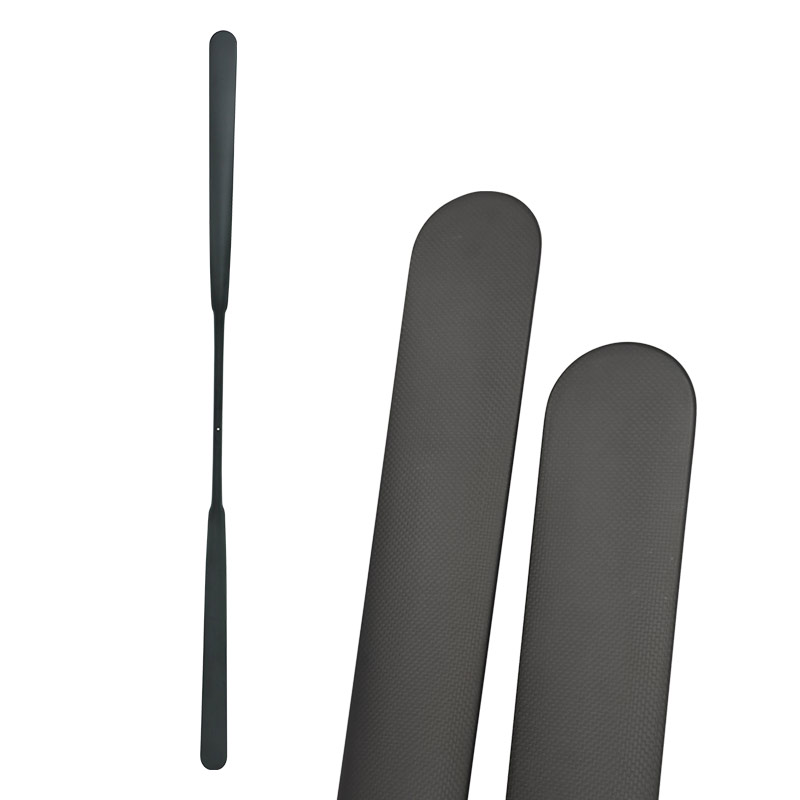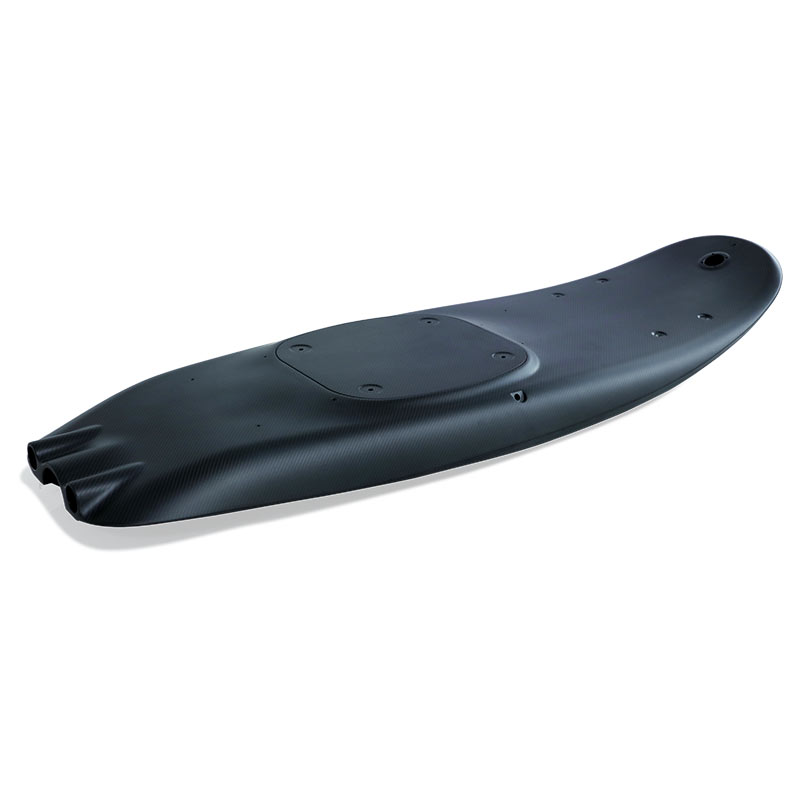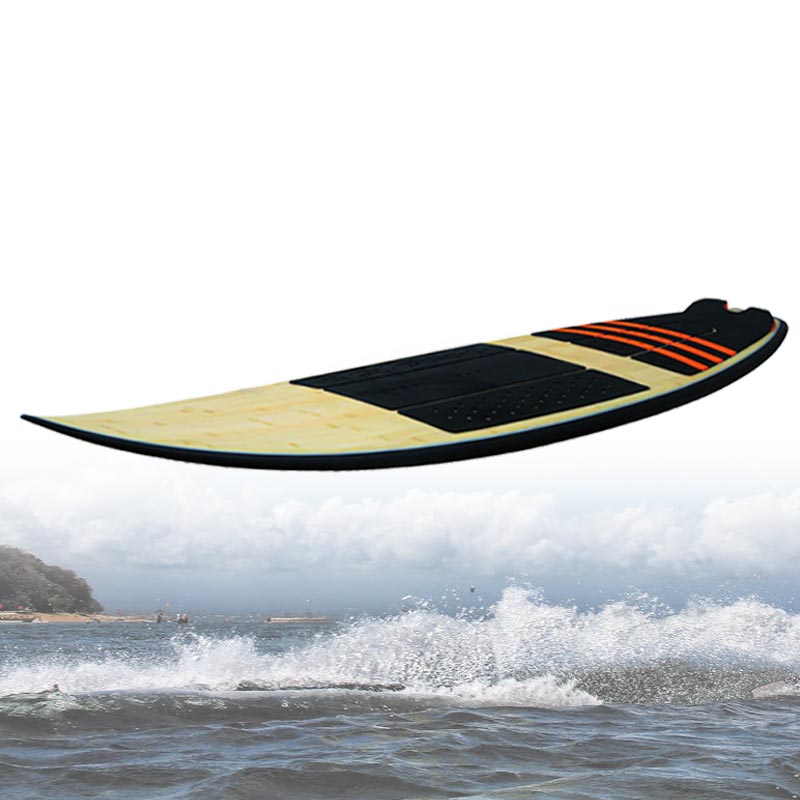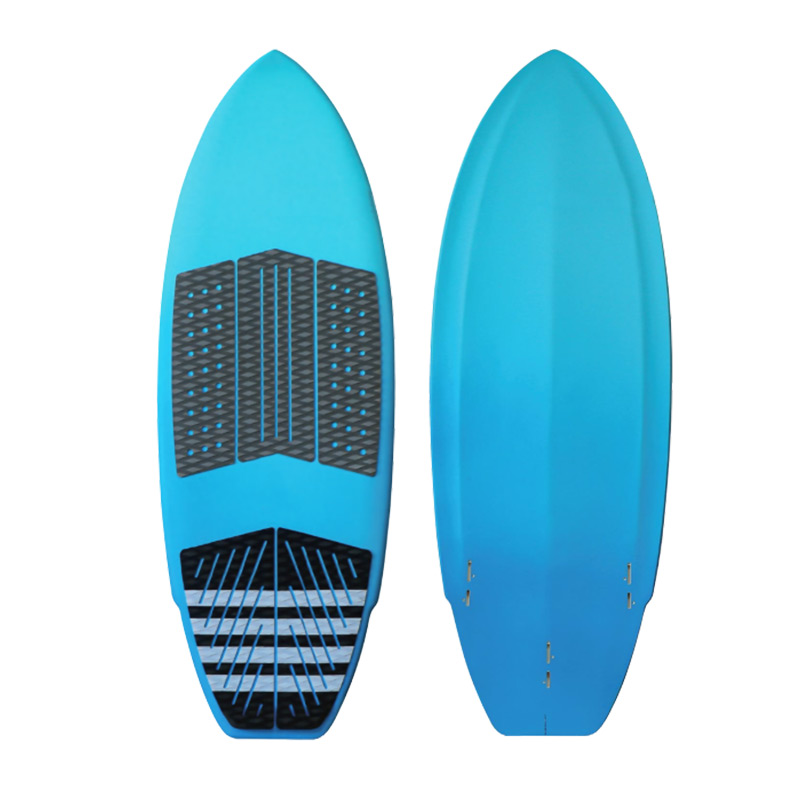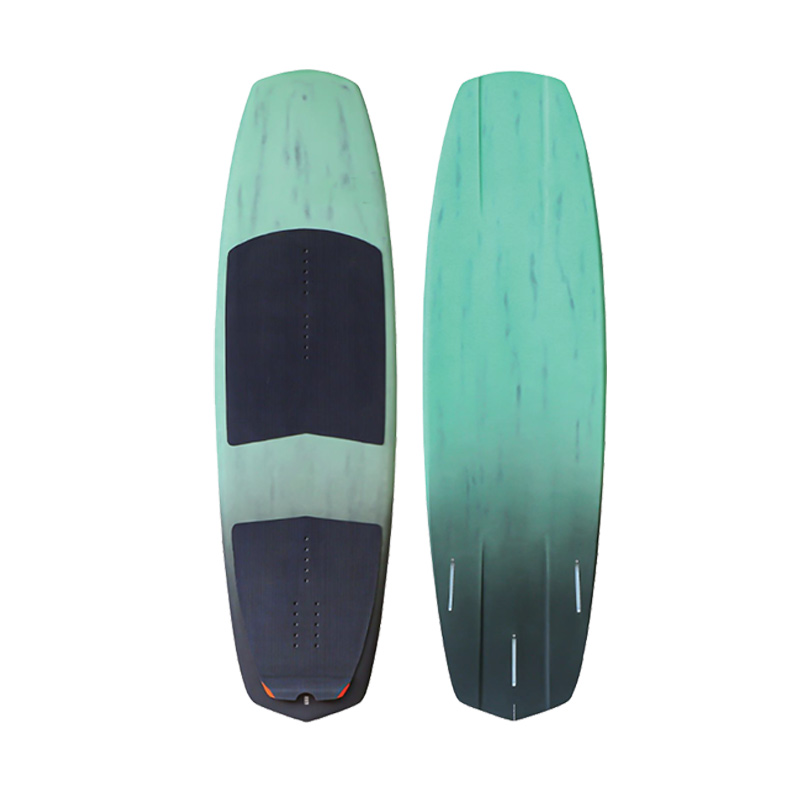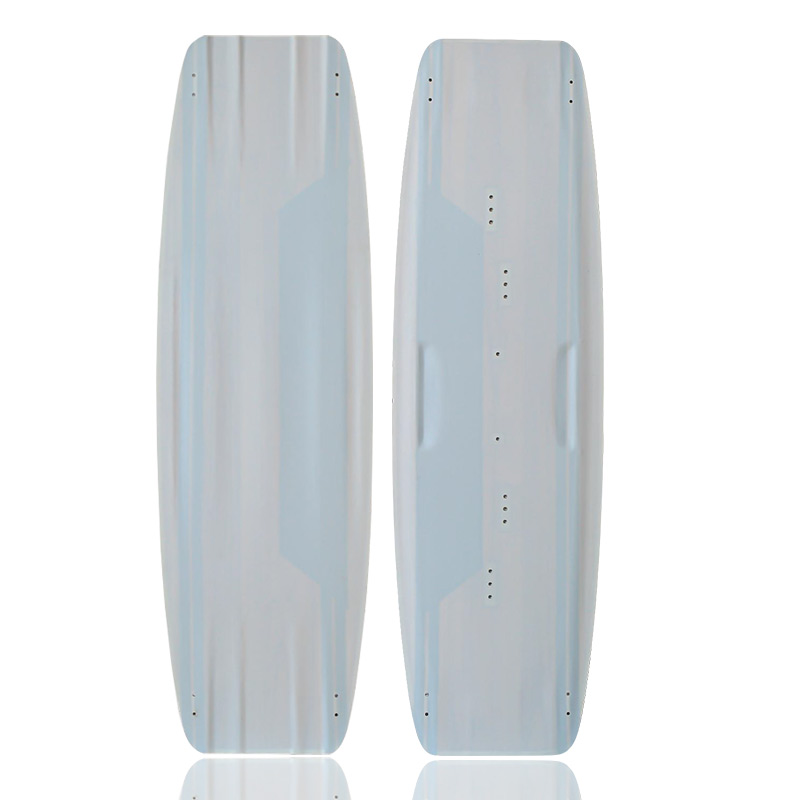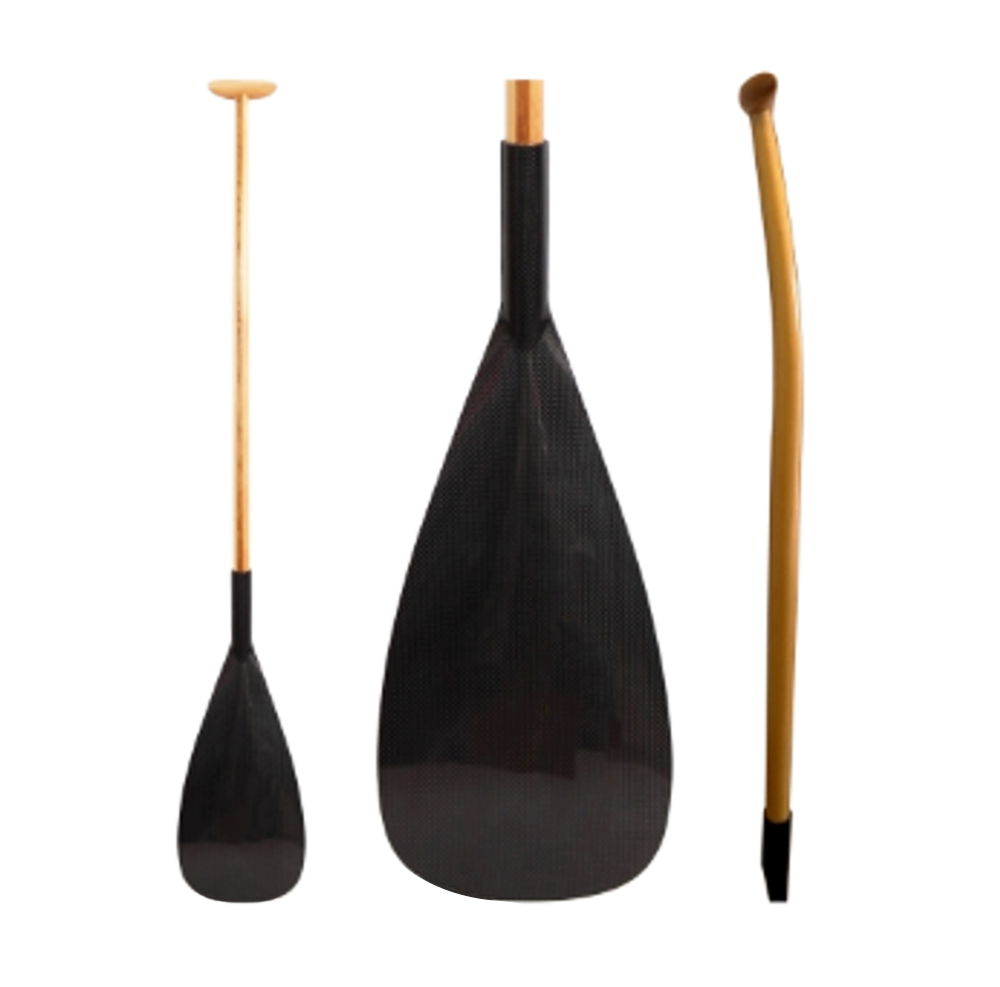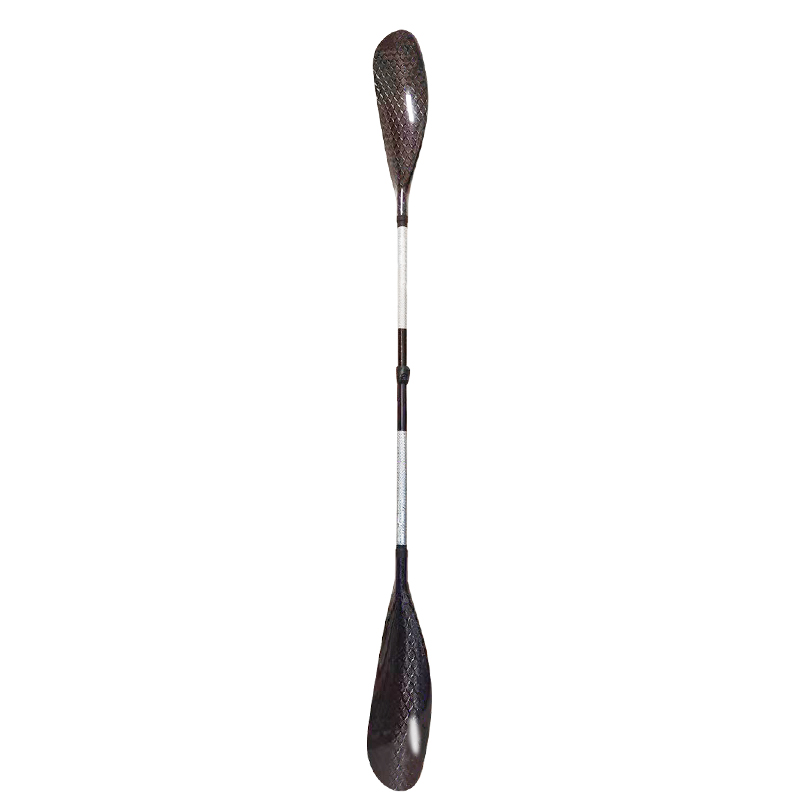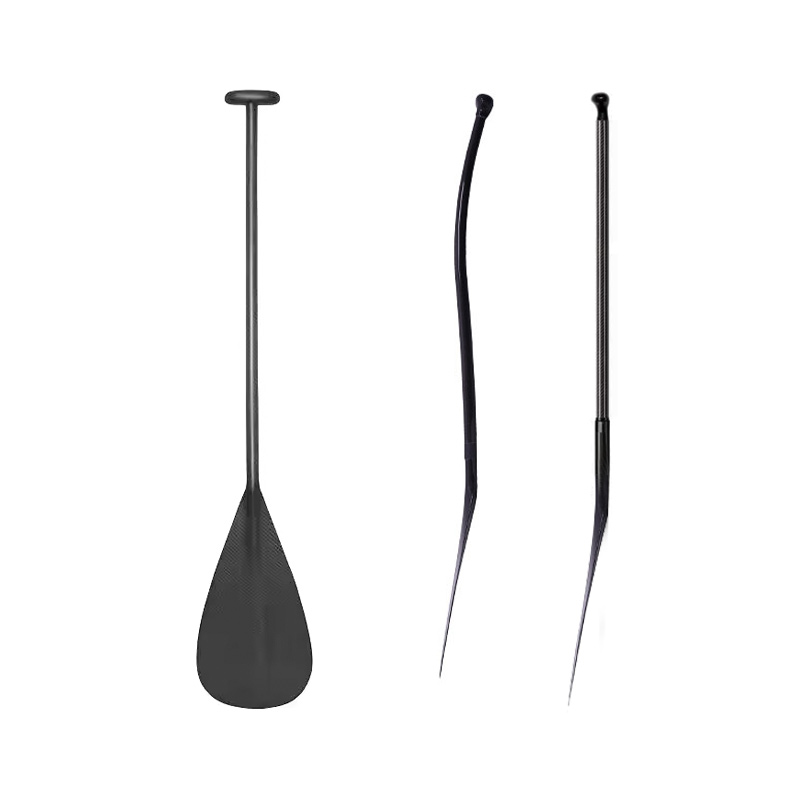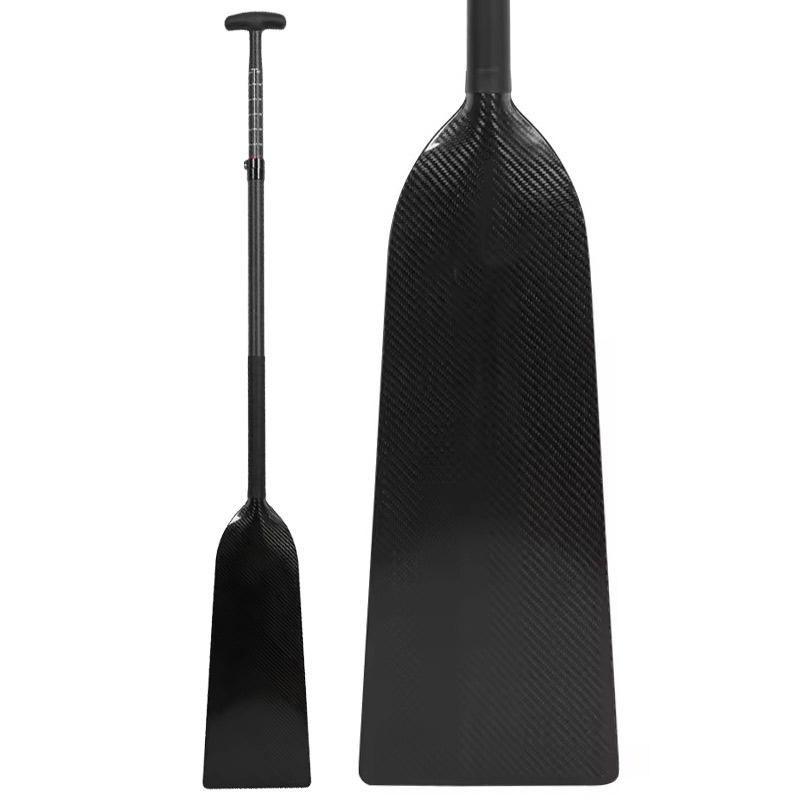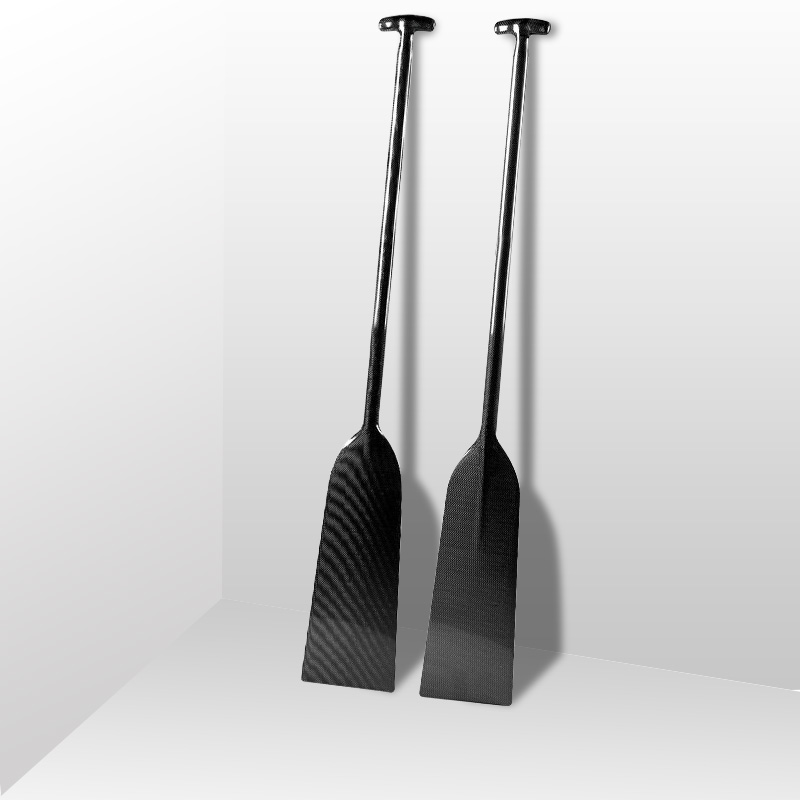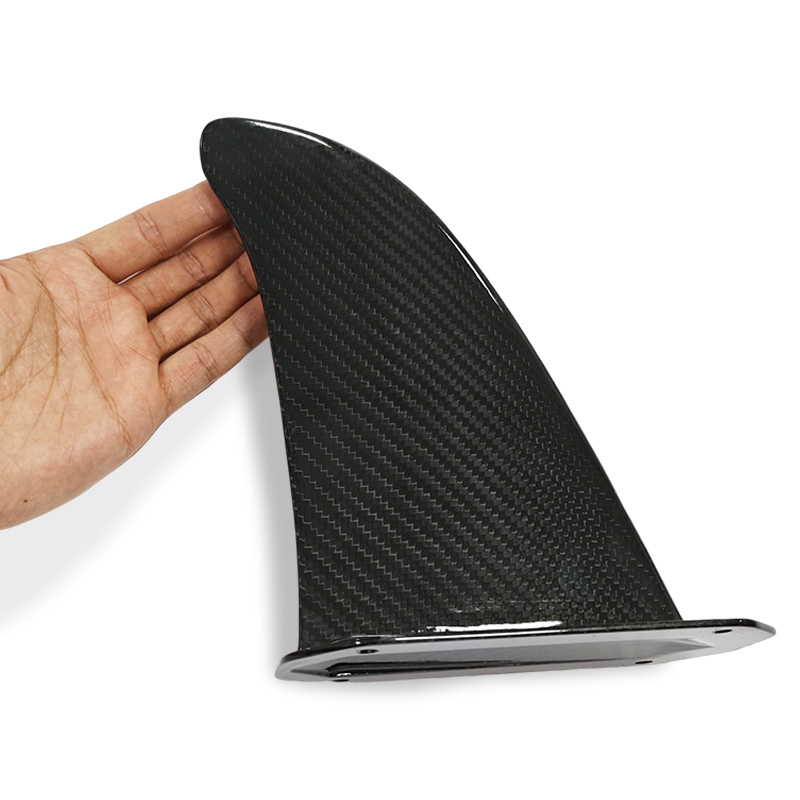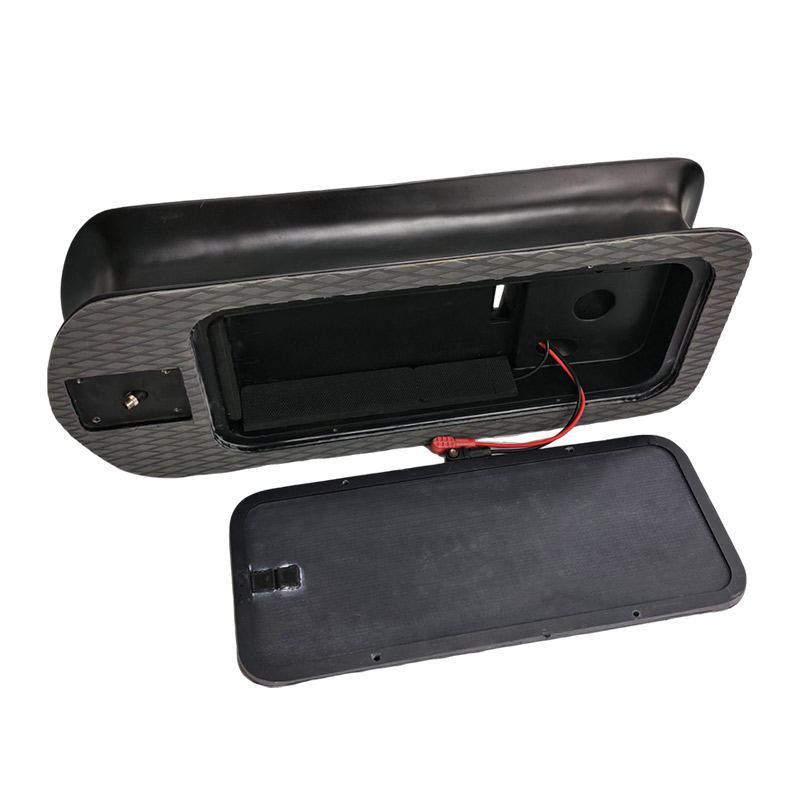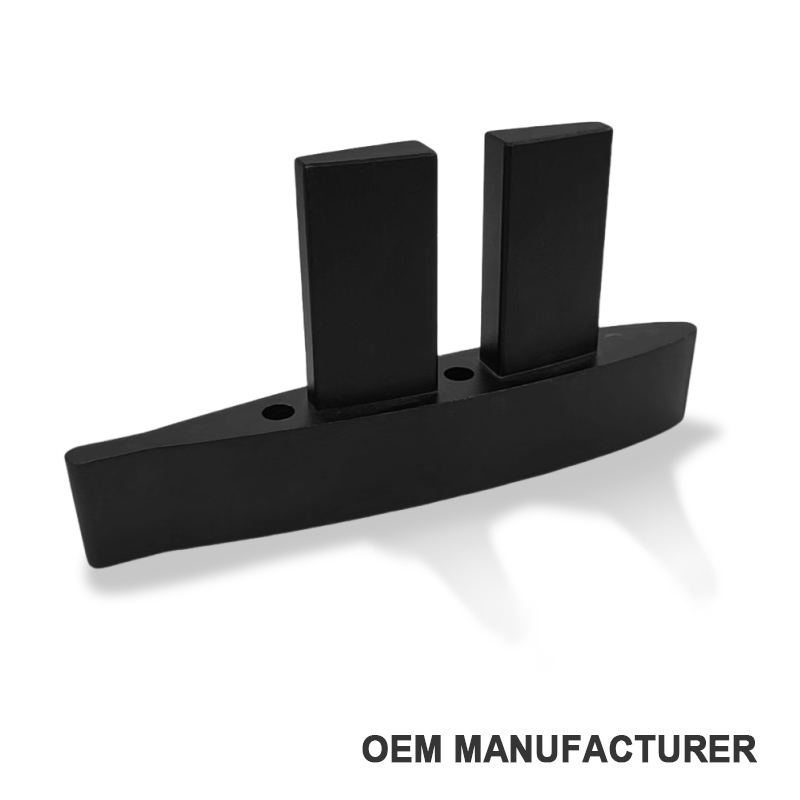For new kayakers, stepping into the world of paddle sports can be both thrilling and intimidating. The promise of tranquil waters and scenic routes often gets overshadowed by common new kayaker missteps that can turn a relaxing day into a frustrating experience. Whether you’re hitting calm lakes or venturing into mild rivers, understanding how to properly prepare and paddle is essential. Here’s a breakdown of the top mistakes many novice kayakers make—and how to avoid them.
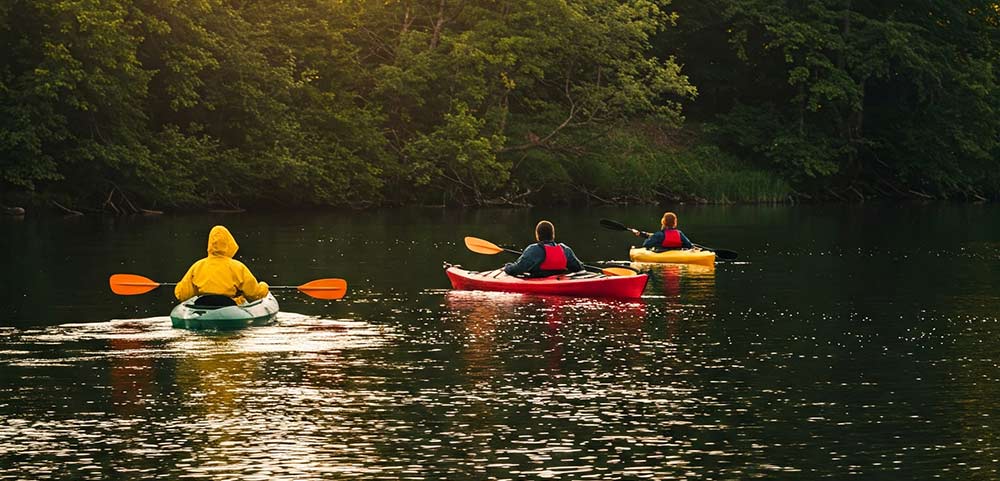
1. Choosing the Wrong Gear
Selecting the right gear is one of the most critical—and commonly overlooked—aspects of kayaking. Using equipment that doesn’t match the conditions or your experience level can quickly turn a fun outing into a frustrating or even dangerous experience. If you need the carbon composite kayak paddle, welcome to contact us.
Choosing the Wrong Kayak
Not all kayaks are created equal, and using the wrong type can make paddling feel awkward or exhausting. A whitewater kayak, which is short and highly maneuverable, will struggle to track in a straight line on a calm lake. Conversely, a long touring kayak designed for speed and efficiency on open water will feel sluggish and unresponsive in fast-moving rivers.
Tip: Match your kayak to the environment. Recreational kayaks are great for calm lakes and slow rivers. Touring kayaks work best for long-distance travel and coastal waters. Whitewater kayaks are specifically built to handle rapids and turbulent conditions.
Wearing Wrong Life Jacket
Many new kayakers make the kayak mistake of wearing general-purpose life jackets—often the kind designed for boating, wakeboarding, or jet skiing. These can ride up around the neck, restrict movement, and cause excessive sweating.
Tip: Use a paddling-specific PFD (Personal Flotation Device). These are cut to allow a full range of motion in the shoulders and arms, sit lower on the torso, and typically include ventilation and pockets for convenience. A well-fitted paddling PFD enhances safety without compromising comfort or mobility.
Using a Poor-Quality or Ill-Fitted Paddle
The paddle is your main connection to the water, yet it’s often the most overlooked piece of gear. Cheap paddles tend to be too flexible, heavy, or poorly balanced, leading to faster fatigue and inefficient strokes.
Tip: Invest in a lightweight paddle made of fiberglass or carbon fiber if possible. Make sure it’s the correct length for your height and kayak type. Even budget-friendly paddles designed specifically for kayaking will offer better ergonomics and performance than multipurpose or generic options.
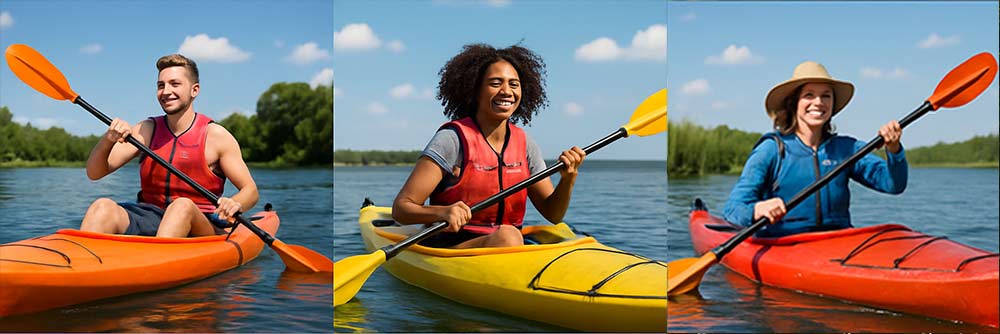
2. Failing to Adjust Equipment Properly
Having high-quality gear is only the beginning—how you adjust and use that gear plays a major role in your efficiency, comfort, and safety on the water. Many beginner kayakers overlook the importance of fine-tuning their equipment, leading to fatigue, discomfort, and poor paddling performance.
Poor Seating Posture and Kayak Fit
One of the most common kayak mistakes is sitting incorrectly in the kayak. New kayakers often lean back or slump down, with their legs stretched flat along the hull. While this may feel relaxed at first, it limits core engagement and reduces control over the kayak.
Tip: Sit upright with your back firmly supported against the seat’s backrest or back band. Adjust the foot pegs so that your knees are slightly bent and gently pressing outward into the thigh braces. This position gives you better leverage when paddling and allows your lower body to help steer and stabilize the kayak. It also reduces strain on your lower back and shoulders during long sessions.
Incorrectly Fitted PFD (Personal Flotation Device)
Even a top-tier life jacket won’t be effective—or comfortable—if it’s not fitted properly. A common kayak mistake is wearing it too loosely, which can cause it to ride up around your neck when you’re seated or in the water. This not only restricts movement but also creates safety concerns.
Tip: When adjusting your PFD, start from the bottom straps and move upward. Tighten the waist strap first, then the side straps, and finally the shoulder straps. It should feel snug and secure, but not so tight that it restricts breathing or shoulder movement. You should be able to raise your arms freely without the jacket shifting out of place.
Improper Paddle Grip and Blade Orientation
Another frequent issue is holding the paddle incorrectly. Holding it too wide, too narrow, or with an uneven grip can lead to muscle strain and inefficient strokes. Some paddlers also unknowingly use the paddle blades backwards, which reduces their ability to propel the kayak effectively.
Tip: Hold the paddle with your hands just slightly wider than shoulder-width, so that when you raise it above your head, your elbows form roughly a 90-degree angle. The blades should be oriented so the scooped or concave side faces you, and the longer edge of each blade should be at the top. Make sure your grip is relaxed—tense hands can cause early fatigue and even blisters.
3. Poor Launching and Landing Technique
For many new kayakers, the most unstable and awkward moments of the entire kayaking experience happen not while paddling, but during launch and landing. Without proper technique, these steps can easily lead to capsizing, damaging gear, or embarrassing slips.
Common Launching Mistakes
New paddlers often underestimate how tricky it can be to get into a kayak. One of the most common errors is trying to launch from an overly steep boat ramp or dragging the kayak over rough terrain to the water. Not only does this risk scuffing or cracking the hull, but trying to step into a kayak while it’s perched on an incline or half-floating can result in a sudden plunge into the water.
Tip: Always launch from a gentle, gradual shoreline when possible. Position your kayak parallel to the water’s edge, with the bow pointing in the direction you want to travel. Stabilize the kayak by straddling it or placing your paddle horizontally behind you, with one blade resting on solid ground and the other across the deck behind the cockpit. This forms a brace you can use for balance as you gently lower yourself into the seat. Don’t hesitate to step into shallow water if needed—wet feet are better than a wet body.
Launching from a Dock
Launching from a dock adds another layer of difficulty. Docks are often much higher than the kayak itself, creating a significant gap that can make boarding feel precarious.
Tip: To launch from a dock, start by placing your kayak in the water parallel to the dock, keeping it close to reduce the stepping distance. Sit down on the dock with your feet in the kayak and place your paddle behind you—part on the dock and part on the kayak—as a stabilizing bridge. Use your hands to transfer your weight gradually into the seat, keeping your center of gravity low to avoid tipping.
Controlled and Respectful Landings
New kayakers often end their kayaking trip in a hurry, charging toward shore and scraping the bottom of the kayak along sand, gravel, or rocks. Not only is this damaging to the hull, but it also makes for a sloppy and unstable exit.
Tip: Approach the shore slowly and under control. Use wide, reverse sweep strokes to decelerate and align your boat parallel to the shoreline. When you’re close enough that the water is ankle- to knee-deep, dismount while keeping the kayak in the water. Avoid putting your full body weight on one side of the cockpit during exit, as this can easily tip the boat. If you’re landing at a dock, use the same stabilizing technique as during launch to maintain balance while climbing out.
4. Incorrect Paddle Technique
Mastering paddle technique is crucial for both efficiency and enjoyment on the water. Many new kayakers overlook this, leading to rapid fatigue, sore muscles, and difficulty controlling the kayak. Proper form not only conserves energy but also improves speed, tracking, and maneuverability.
Paddle Grip and Posture Mistakes
New paddlers often hold the paddle too tightly or keep their hands too close to the center. This chokes your range of motion and makes strokes weak and awkward. Poor posture—such as slouching or letting your shoulders do all the work—adds to the problem and limits control.
Tip: Begin with a relaxed but firm grip, spacing your hands just slightly wider than shoulder-width apart. Your grip should allow for a comfortable 90-degree angle at your elbows when the paddle is held above your head. Sit upright with your back slightly engaged, feet pressing lightly against the foot pegs, and knees touching the thigh braces for stability and control.
Executing a Proper Forward Stroke
The forward stroke is your bread-and-butter movement, and it relies more on core rotation than arm strength.
Key components of a good forward stroke:
-
Reach forward near your toes with the paddle blade, immersing it fully in the water.
-
Pull the paddle back to your hips, not behind you, to avoid unnecessary strain and wasted motion.
-
As your lower hand pulls, your top hand should push forward, driving the stroke with a smooth, connected motion.
-
Rotate your torso with each stroke, using your core muscles rather than relying solely on your arms.
This full-body approach distributes effort evenly and reduces fatigue during long paddling sessions.
Stopping and Reversing
To stop your kayak or slow down, you’ll use the reverse stroke. This is essentially the opposite of the forward stroke:
-
Plant the paddle blade near your hips and sweep it forward toward your toes.
-
Keep your torso upright and rotate with the movement, maintaining a steady rhythm.
This technique will help you decelerate smoothly and avoid collisions or overshooting your destination.
Turning with Control
To turn your kayak efficiently, wide sweep strokes are your best tool. A sweep stroke involves extending the paddle far away from the hull in a wide arc.
-
To turn right, make a wide left-side sweep stroke.
-
To turn left, do the same on the right side.
Adding a slight lean or edge into the turn and engaging your core and foot pressure (pressing into the foot peg on the turning side) will help pivot the kayak more sharply and with greater control.
5. Ignoring Safe Exit Strategies
Exiting a kayak might seem like a simple task, but doing it incorrectly can lead to capsizing, injury, or damage to your gear. Many new kayakers make the mistake of rushing the dismount or applying force in the wrong places, which shifts the kayak’s center of gravity and causes instability, especially in shallow or rocky waters.
The Dangers
Hasty exits often involve standing up too quickly, leaning back, or trying to climb out while the kayak is still unbalanced. These mistakes are a common cause of falls, twisted knees, or unexpected swims. In some cases, they can even lead to damaged kayaks if the boat scrapes against rocks or gets pinned awkwardly on uneven terrain.
Proper Exit Form
To safely exit your kayak, follow a controlled sequence of movements:
-
Shift your weight forward, not backward. Leaning forward brings your center of gravity over your feet, making you more stable.
-
Keep your paddle in the water or place it across the kayak or dock as a stabilizing brace. It acts as a support bar while you maneuver.
-
Use your arms to lift yourself, not just your legs or knees. Plant your hands on the cockpit edges or dock, and press up with a steady motion.
-
Step out one leg at a time, being mindful of your balance and foot placement.
Floating Off-Shore for Better Leverage
Sometimes the shoreline is rocky, steep, or uneven, making it hard to get out cleanly. In such cases, it’s safer and easier to:
-
Float the kayak slightly offshore in knee-deep water.
-
Let the boat stabilize with your paddle in the water.
-
Gently swing your legs over the side and step out slowly.
This technique reduces stress on your joints, avoids tipping the kayak, and prevents the hull from grinding against abrasive terrain.
Bonus Tips for Every Kayaker
-
Protect your valuables: Use a dry bag to store phones, keys, and electronics. A five-liter bag is often sufficient.
-
Dress appropriately: Choose quick-drying, moisture-wicking fabrics that protect you from sun and cold alike. Avoid cotton.
-
Know your limits: Stay close to shore until you’re confident with your equipment and strokes.
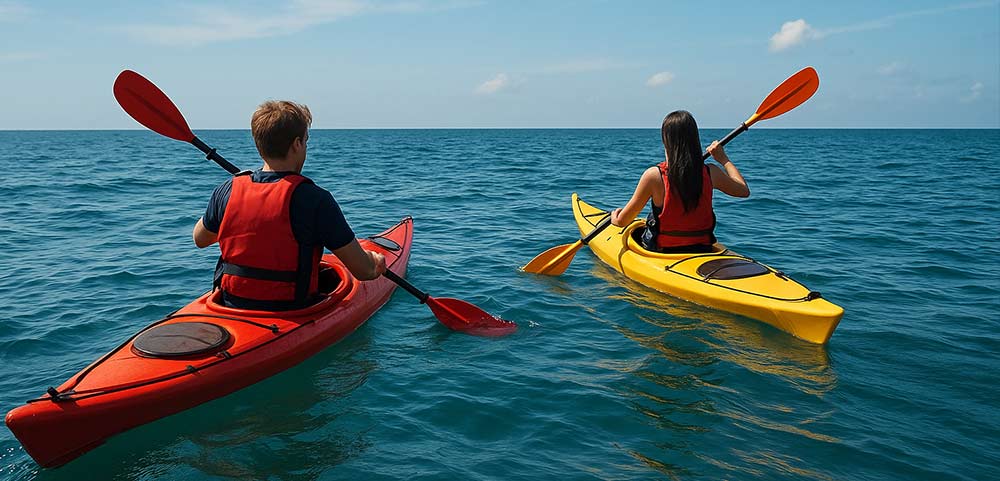
For New Kayaker: Final Thoughts
Kayaking is one of the most accessible and rewarding water sports, but only if approached with preparation and awareness. For every kayaker—whether you’re just starting out or returning after a break—avoiding these new kayaker pitfalls can mean the difference between a frustrating day and an unforgettable adventure. Get the right gear, take your time to adjust, and paddle smart.

